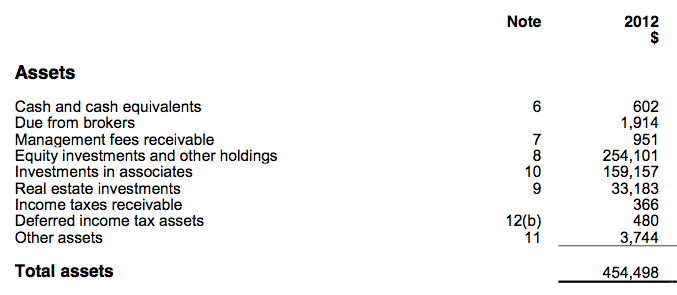The N Real Estate Stock to Own
Post on: 4 Июль, 2015 No Comment

Many investors continue to stand on the sidelines when it comes to investing in China. and for good reasons.
Much of the economic data that China puts out is questionable at best, and a number of stock frauds have tainted its recent history.
However, for investors with a strong risk appetite there is still value to be found in Chinese real estate stocks. The No. 1 Chinese real estate stock to own may be the No. 1 Chinese stock to own, period is a company that’s been beaten down due to fears of a real estate bubble.
Shares of SouFun (NYSE: SFUN) are down nearly 50% year-to-date. Some 90% of CEOs from around the world believe China is in the middle of a real estate bubble, and SouFun has been hammered on that sentiment.
SouFun is the leading residential real estate portal in China. It recently opened up its listing to the U.S. SouFun now supplies buyers in China with listings of properties in the U.S.
The U.S. counterpart to SouFun is Zillow (NASDAQ: Z). Zillow is up over 280% since its 2011 IPO. Even the much smaller Trulia (NYSE: TRLA) has gained 46% over the last year. So, what gives for SouFun?
Shares of SouFun tumbled some 15% in a single day earlier this month after the company announced that it would make concessions to settle disputes with major property agencies, which are overwhelmed with vacant properties.
Risks and Rewards for This Chinese Real Estate Stock
Investing in China’s real estate market doesn’t come without risks.
Famed short seller Jim Chanos and his Kynikos Associates hedge fund first started shorting China and he still fears that the Chinese real estate market is in a bubble. But while the U.S. struggled over the past few years, the Chinese government helped spur economic growth with large infrastructure projects.
China is dotted with “ghost cities,” which are entire cities that are deserted. There are also a number of shopping malls and development properties completely vacant. Even still, the country’s GDP has been outpacing many developed markets for a number of years. China’s GDP grew 7.7% in 2013, compared to less than 3% in the U.S.
It’s possible that this news is already baked into the market.
China remains instrumental to global growth. Many of Chinas cities are already putting in place stimulation policies to help prevent the real estate market from weakening even more. The World Bank doesn’t see China slowing down any time soon. It expects China’s GDP to grow by 7.7% in 2014 and 7.5% in both 2015 and 2016.
There are also some positives to the housing market’s oversupply. For one, it has created a need for marketing and listing services. Sellers will be forced to increase their promotion activity if they want to get their property sold, which is good news for SouFun. If SouFun continues to execute, it should benefit as real estate activity picks up.

SouFun is gaining traction with new marketing, seeing positive results from its TV ads and partnerships with search engines, such as Qihoo and Baidu, to gain more traffic. During the first quarter, SouFun boosted its advertising spending by 150% year-over-year. SouFun now owns over 55% of the online listing market share.
SouFun had over 194,000 subscribers as of the first quarter. That number climbed to 210,000 as of April and was well above the 190,000 the company boasted during the fourth quarter of 2013. Adding new subscribers isnt the only growth avenue. SouFun is also adding more services, including mortgage and financial services for homebuyers.
One of its key growth opportunities is continued penetration into more cities, namely expansion into lower-tier cities. At the end of the first quarter, SouFuns e-commerce service operated in 49 cities, up from 45 cities during the fourth quarter. SouFun hopes to penetrate 60 cities with its e-commerce platform by the end of 2014.
Then there’s the mobile app that SouFun launched toward the end of last year, which is bringing in more traffic and revenue. It has over 100,000 active users for its app on a daily basis.
During the first quarter, its monthly unique visitors hit 35 million, more than six times the MUVs during the same quarter last year. During February, SouFun had 63 million monthly visits, which is more than four times larger than the second-place player and six times larger than the third-place player in the industry.
SouFuns P/E to growth (PEG) ratio is a low 0.9. It also trades at the second lowest forward P/E ratio in the entire Internet information provider industry. It appears the market has built in the worst case for SouFun. SouFun management believes that the real estate market will be weak for another couple quarters, but should start to recover in as little as six months. SouFun points out that six major cities are already easing restrictions on home buying.
It appears to be one of the best plays in online real estate.
Zillow was a pioneer in redefining how homes were bought and sold. However, Zillow faces more competition than SouFun. Zillow only owns 15% of the nationwide market for web-based real estate transactions. Yet, SouFun trades at the lowest P/S ratio compared to Zillow and Trulia. It also generates revenues well above the other two.














